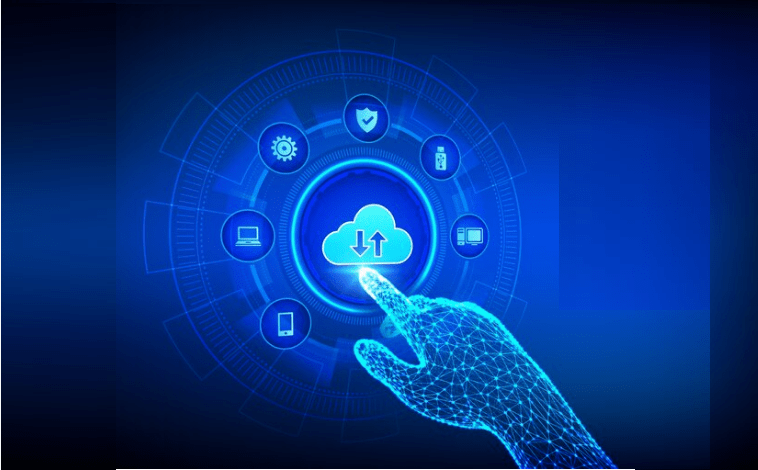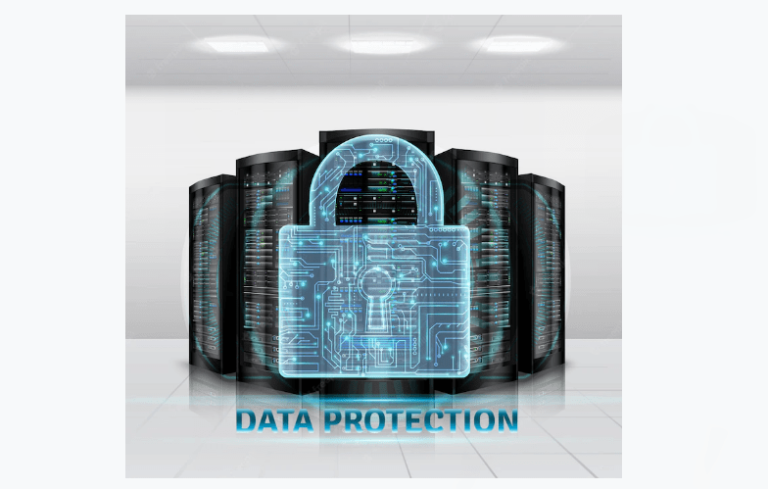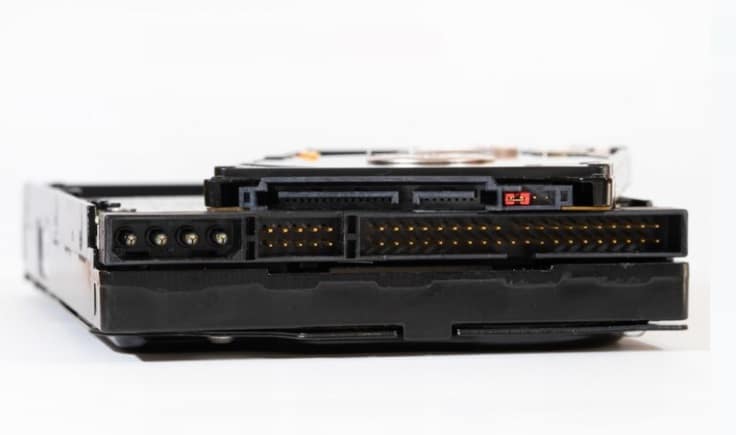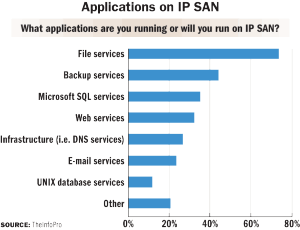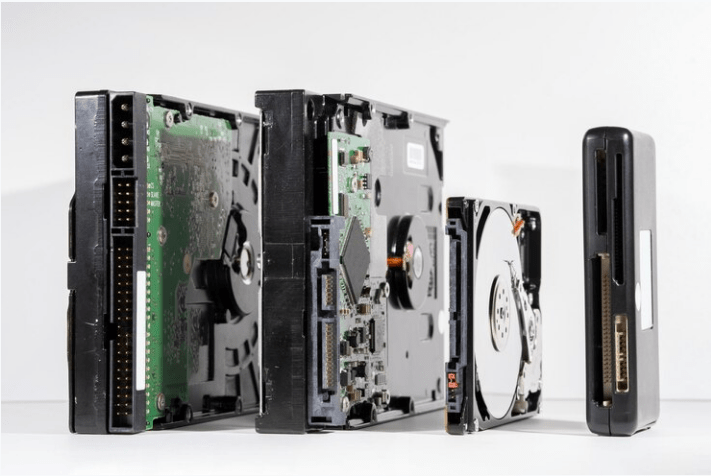Capping a week of related product announcements from competitors such as EMC’s Data Domain unit, NEC and Sepaton, Quantum today announced the 2.0 version of its DXi software, which runs on the company’s DXi line of disk-based backup and deduplication systems.
On a software-only basis, Quantum claims that the DXi 2.0 software provides twice the performance of the 1.0 version.
The new software version is a follow-up to a series of hardware refreshes from Quantum last year, which included the DXi8500, DXi6700, DXi4500 and DXi6500.
The DXi 2.0 software will be available next month for the entry-level DXi4500 and mid-range DXi6500 series deduplication appliances. A version for the DXi6700 and high-end DXi8500 is due this summer, according to Janae Stow Lee, senior vice president in Quantum’s Disk and Software Products Group. (The DXi 2.0 software does not run on the older DXi7500.)
Quantum officials are armed with a variety of slides comparing their deduplication systems to competing systems from EMC’s Data Domain unit on a raw performance basis as well as on a $-per-GB-hour basis, claiming anywhere from a 2X to 5X advantage. The comparisons include deduplication appliances in NAS mode and OST (Symantec’s Open Storage) mode, and are based on the vendors’ published specs and prices.
Although real-life performance will vary depending on workload, Quantum claims up to 4.6TB per hour on a DXi6500 running OST, and up to 4.3TB per hour with a NAS interface. The DXi6500 competes with EMC’s DD670.
On the DXi4500 running DXi 2.0 software, Quantum claims performance of up to 1.7TB per hour with OST, and up to 1.4TB per hour in NAS mode. The DXi4500 competes with EMC’s DD610 deduplication appliance.
With the introduction of the DXi 2.0 software, Quantum did not change the pricing of its bundled systems.
According to Quantum’s Lee, the performance improvements in the DXi 2.0 release are due to a number of enhancements. For example, the company streamlined the data flow so that all data is now deduplicated in memory prior to being written to disk. This is in contrast to the “adaptive deduplication” in the DXi 1.0 software, where data was placed on disk and then deduplicated.
Quantum also enhanced the process control in its software, tweaked the code to take advantage of new processors and tiered storage (e.g., SAS and solid-state disk, or SSD, drives), and upgraded its StorNext file system (which is re-sold by HP).
Technologies that were retained in the DXi 2.0 release include variable-block (as opposed to fixed-block) deduplication and integration of disk and tape.

